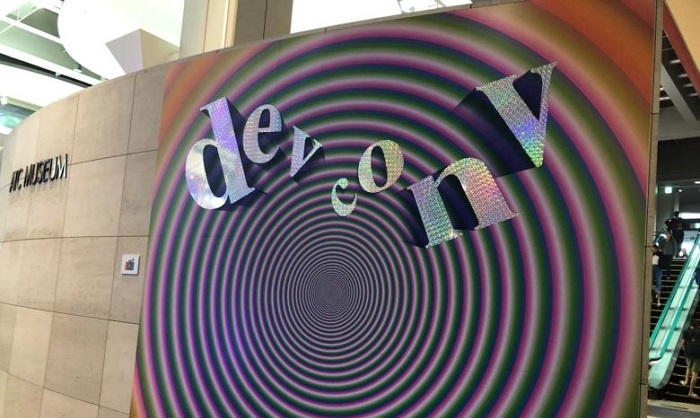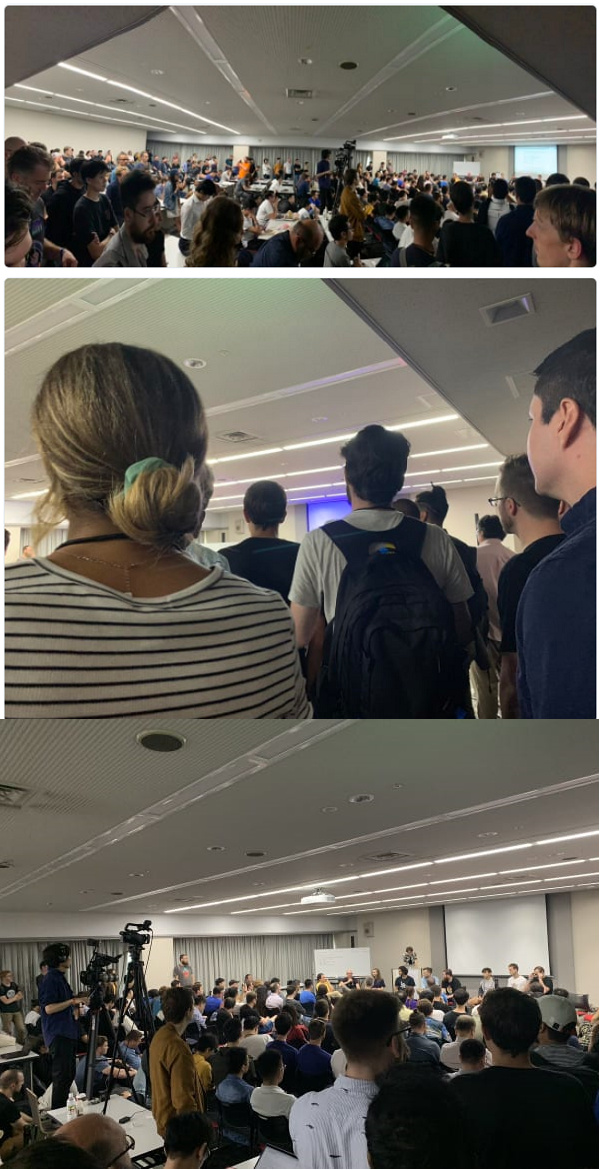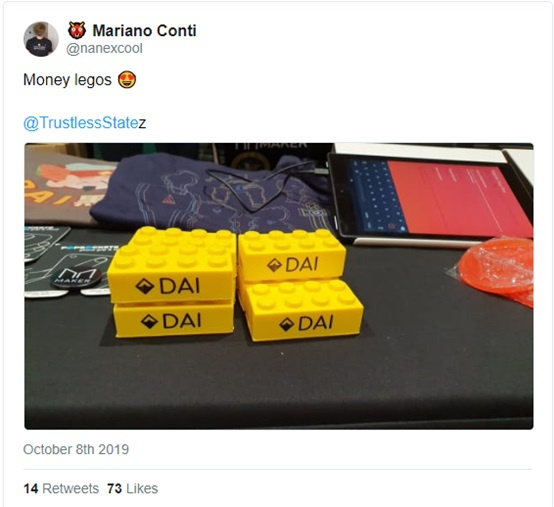Devcon's first day of editing: State Rent, Uniswap and Plasma's second floor DEX

For the Ethereum community, the most noteworthy thing this year is undoubtedly the Devcon Developer Conference in Osaka, Japan. Since most of the DeFi-based financial (DeFi) applications are built on the Ethereum blockchain, Ethereum is slightly A little bit of turmoil can have a huge impact on the DeFi industry.
Ethereum developers say "state rent" will be postponed
The most important topic on the first day was the discussion of the Ethereum roadmap, which was actually an unstructured dialogue about Ethereum's most controversial topic.
Every meeting room at this Devcon conference was crowded. Because the chairs were robbed, many people had to sit on the floor and table, and some even stood against the wall. As shown below:
- Monthly Report | In September, 70 global blockchain application projects were disclosed, and the Chinese market cooled.
- Diss bitcoin, lack of money, development no strategy, V God and community members are still discussing what is going on at Devcon, the biggest event of the year?
- Non-profit organizations play a key role in the Libra Association through Libra's global inclusive finance

Let's take a look at what the highlights of the first day of the Devcon conference are:
1. State rent, or the idea that developers need to pay certain fees or taxes in the Ethereum network memory application will be delayed.
The Ethereum developer community is facing some tough decisions that determine the availability of Ethereum networks. Some core developers predict that if the state of Ethereum continues to grow at the current rate, the Ethereum network will collapse within three years. The primary solution to slowing down its growth is to impose a “state rent”, which is to charge the service provider for the cost of storing the data. But not everyone agrees that the state of size is as urgent as some people think. In addition, this can have an unpleasant impact on the user's experience and can have a negative impact on existing applications, as implementations may change the programming paradigm and may even have unintended consequences. In fact, Ethereum core developer Alexey Akhunov is working hard to specify the first viable stateless client version, with the goal of providing enough space for the current version of Ethereum to ensure Ethereum 2.0 goes live.
Developers and researchers must find solutions to the above problems, which is critical to the survival of Ethereum. Today, the Ethereum network utilization rate is close to 100%. If it is used at full capacity, the network speed will become very slow, and it will definitely increase the risk. The intention of state rent is actually to require certain storage to be forced to leave the Ethereum network.
2. The relationship between Ethereum and Ethereum 2.0 has not been defined. At this year's Devcon conference, some points were put forward. They think that ETH1 will become a fragment of ETH2, similar to the branch of the main network. Alternatively, ETH 1 may continue to exist in parallel with ETH 2.
3. Developers are considering eliminating the need for all nodes to have complete Ethereum transaction history data. The goal may be to make it easier for more people to run Ethereum nodes.
4, discussed the ProgPow consensus mechanism, ProgPoW is also a workload proof algorithm, designed to reduce the efficiency gap between dedicated ASICs, and therefore more inclined to GPU-based miners. ProgPoW takes advantage of almost all of the GPU's performance and is pre-adjusted and optimized for the most common hardware in the Ethereum network. The reason for confronting ASIC miners is that some developers are worried that using more expensive ASIC mining equipment will significantly increase the capacity of miners, which in turn will lead to a higher degree of network centralization.
At this year's Devcon conference, the main point of the Ethereum developers' view of ProgPow was that it should be based on factual discussions rather than taking personal attacks that drove people (such as ASIC miners out of the community) as in the past.
Uniswap and Plasma release a more scalable decentralized exchange Demo
At this year's Devcon conference, Uniswap and the Plasma Group released Deomo, a second-tier exchange that could bring greater scalability to decentralized finance and solve the problem of peak network congestion. According to Uniswap, the demo runs on the Ethereum Ropsten test network and can process about 250 transactions per second. It is expected that the production version will be further optimized when it is officially launched, and it should be able to process about 2,000 transactions per second.
Most decentralized financial projects confirm each transaction on the chain, but this approach is slow and limits the number of transactions per second to around 15. There is now a second layer of scalable solutions, such as the Optimistic Rollup used in this example, which allows for more transactions per second.
The Uniswap and Plasma Group allegedly demonstrated how to purchase PIGI or UNI tokens at the Devcon conference.
Best Tweets from Devcon
Best Tweet 1: DAI designed a currency logo

Best tweet 2: Who noticed that the dog's coin is forked?

This article comes from substack , the original author: Camila Russo
Translator: Odaily Planet Daily Moni
Source: Planet Daily
This article was translated from https://thedefiant.substack.com/p/devcon-day-1-ethereum-roadmap-uniswap . Please indicate the source if you reprint.
We will continue to update Blocking; if you have any questions or suggestions, please contact us!
Was this article helpful?
93 out of 132 found this helpful
Related articles
- Bitwise and more brave Bitwise: We will resubmit the Bitcoin ETF application as soon as possible
- Monthly report | ICO is back to life? September cryptocurrency financing increased by 33 times
- Introduction | What is the Ethereum Trading?
- The original market maker is not "Zhuang"? What is the significance of the coin safety ball recruitment market?
- DCG Annual Survey: What is the future of the blockchain seen by more than 60 portfolio companies?
- What issues are explained by the IRS's updated cryptographic tax guide?
- US SEC rejected the latest proposal to create Bitcoin ETF





